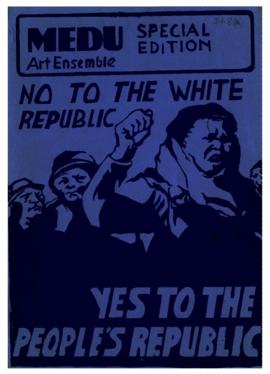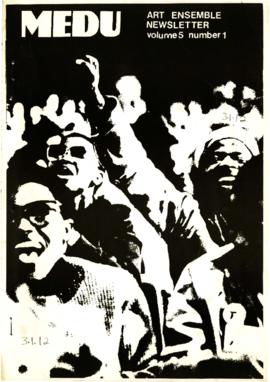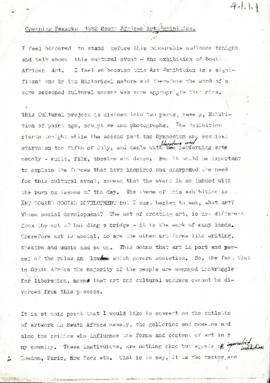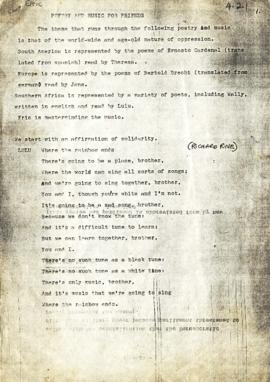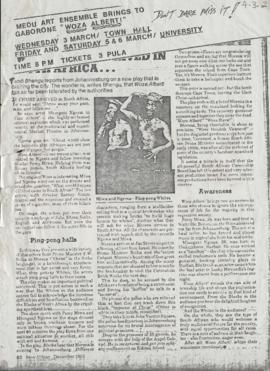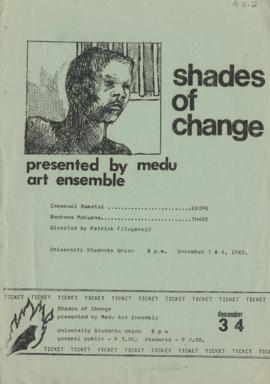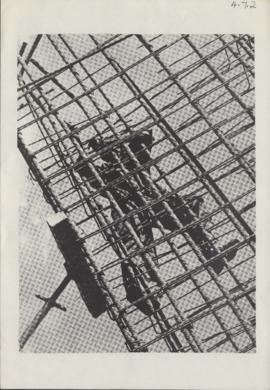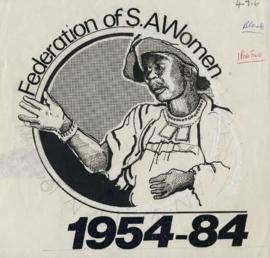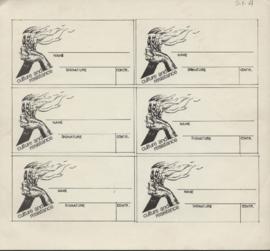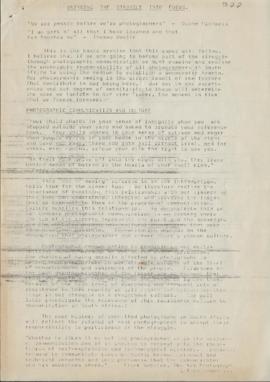Special Edition 1981, No to the White Republic, Yes to the People's Republic, Part A
- ZA MEDU MEDU-3-3.1-3.1.8
- Subsérie
- 1981
Parte de 3-MEDU NEWSLETTERS
The title of this Medu special edition is "No to the White Republic, Yes to the People's Republic". While PW Botha held celebrations for the anniversary of the Apartheid republic, Medu used this edition to say "Stop the Republic Day Festival". Bachana Mokwena's article on the 20th anniversary of the "bloodthirsty republic" gives a strong historical background to the processes of the republics formation, and the united opposition against it. Further, John Donne writes about Grigori Oganov's insight into the relationship between culture and resistance and between art, artists and their communities. Artworks by Thami Mnyele are included throughout the publication. Front page graphic by Judy Seidman and the Medu Art Collective.
Sem título



